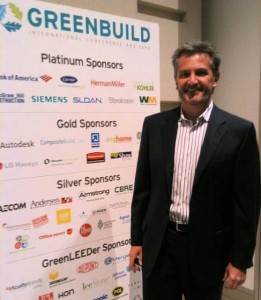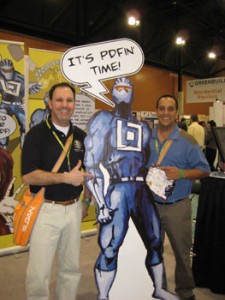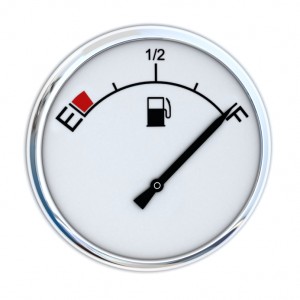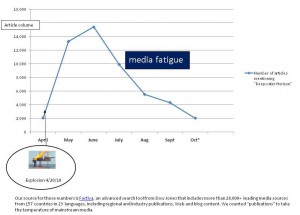Events in Russia and the U.S. are making this a big week in eco-friendly personal transportation. Starting close to home, the Chevy Volt plug-in hybrid arrived at showrooms in California, Texas, D.C. and New York on Wednesday. The Volt’s release comes just a week after Nissan delivered its first Leaf hybrid to a customer in the San Francisco Bay area.

The Volt is the American car industry’s first serious attempt at a mass-market hybrid on par with the Toyota Prius. GM has made several half-hearted attempts to develop electric vehicle in the past, in between corresponding attempts to kill the electric car industry before it became a threat. This included the EP-1, a leased electric vehicle that GM famously recalled, crushed and buried back in the ‘90s, and a fairly lame little science project in the late ‘70s called the Electrovette. It was a Chevy Chevette powered by a bank of low-tech lead acid batteries, and never made it into full production. With the Volt, GM is finally putting serious wood behind the hybrid arrowhead. It was named 2011 Green Car of the Year at the Los Angeles Auto Show, and is already lining up for a street fight with the Leaf, the 2011 European Car of the Year.
The hyper-hyped Volt’s appearance isn’t much of a surprise, but news out of Russia is. Russian mining magnate Mikhail Prokhorov this week unveiled a hybrid car called the Yo that claims 67 miles to the gallon, compared to 51 for the Prius. Prokhorov is bankrolling the company. I don’t know about you, but when I think of Russian products what comes to mind is vodka, caviar, oil, gas and gangsters. Russia has been such a wild west of organized crime and looting of public resources since the Soviet Union collapsed that it’s easy to forget the country produced some enviable engineering during the Cold War. One of those accomplishments, according to the New York Times, is the Yo’s ultra-efficient electric generator, which is paired with an engine powered by gasoline or natural gas. The engine runs at a constant, fuel-efficient rate and powers the generator, which produces electricity to power the drivetrain. Electrical capacitors absorb the starts and stops that sap conventional gas engines’ efficiency.
A new hybrid for the world’s ninth most populous country. A hybrid car battle in the U.S.
If this week’s hybrid news portends changes for the future, then another piece of auto-related news this week is a symbolic parting with the past. Chuck Jordan, the General Motors design chief responsible for the iconic finned and chromed Detroit arks of the 1950s and ‘60s, died this week. His designs helped define post-WWII America, right up to the 1990s. Jordan’s designs symbolized American power, optimism and consumption. Maybe Mr. Jordan’s passing on the same day the Volt hits the market marks a change in the symbolism around American vehicles from consumption to a cleaner environment.













